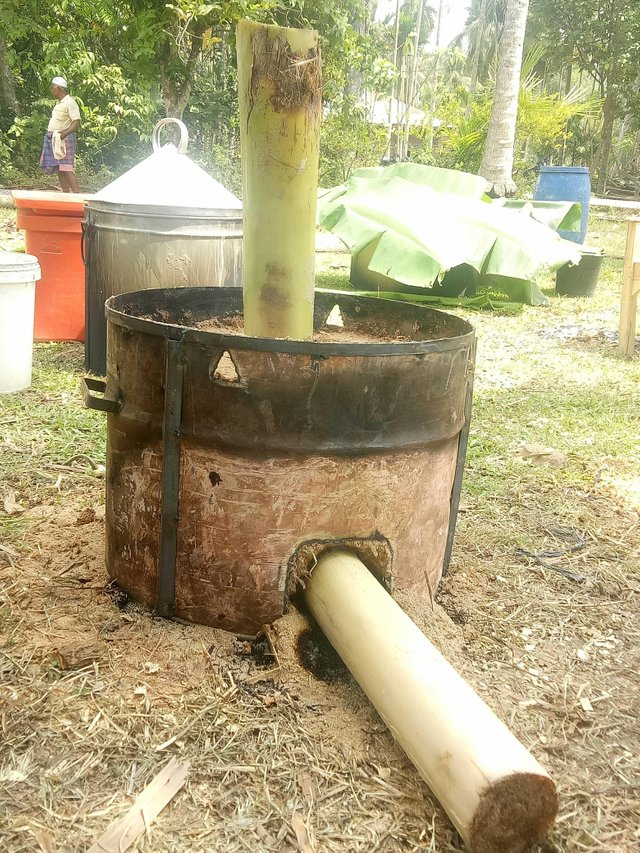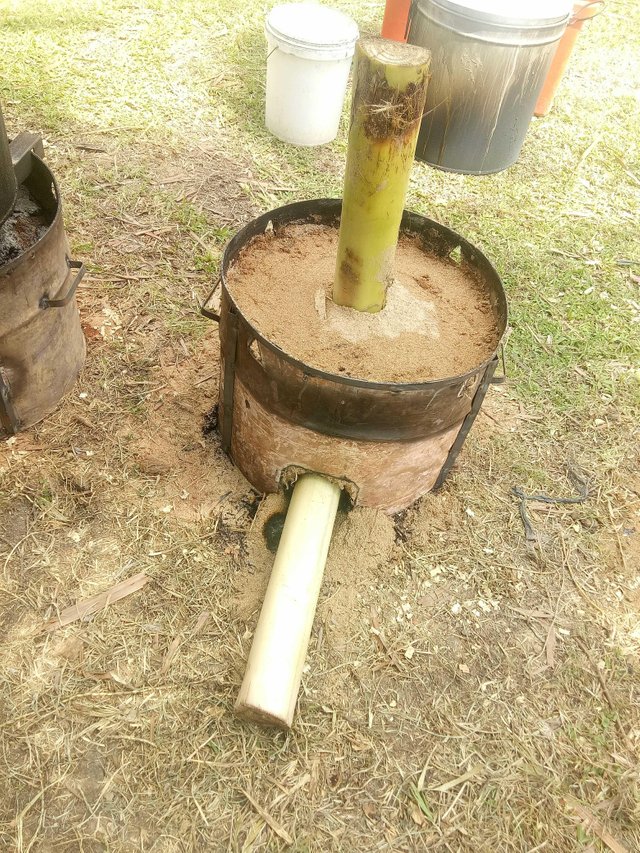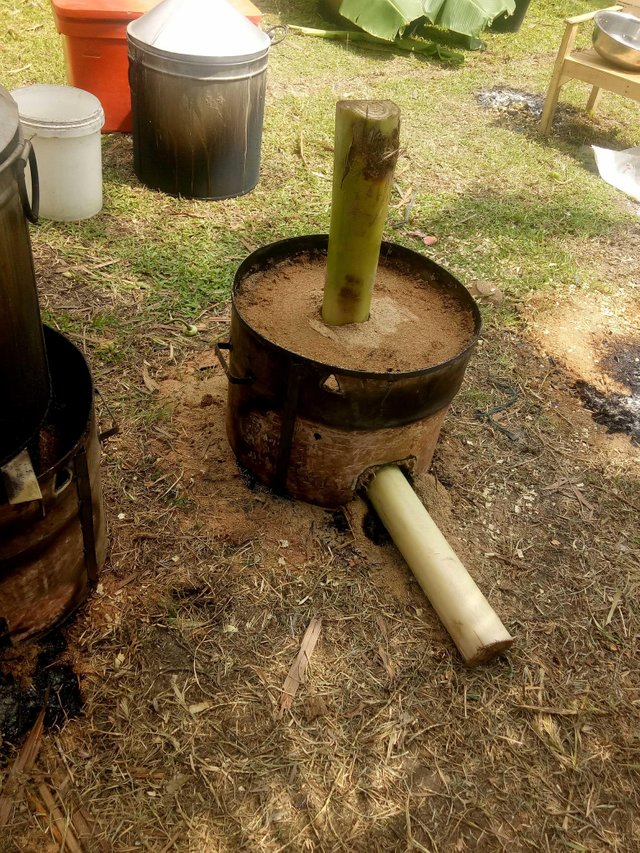anglo kitchen ground that was developed into iron drums
Anglo, The Clay Stove
Users "stove" clay is increasingly reduced. However, some food traders are still loyal to using brazier with a reason to maintain a distinctive taste of cuisine.
Anglo is another kind of cooking utensils besides dhingkel. Anglo is also called a furnace made of clay. This cooking tool is still often used by the people of Java to date, although the number of users continues to decrease.
However, the food vendors ranging from stalls angkringan, noodles, soup, until many gudeg still use the "soil stove" it. The traders who still use the brazier have a reason that is to maintain a distinctive taste of cuisine. They worry that using other cooking utensils will affect their taste.

Anglo is made traditionally by artisans of pottery, which until now still found in many villages in Java, including the centers of pottery such as Kasongan and Pundong Bantul village. Some individual craftsmen are still producing. They produce anglo and other cooking utensils from pottery usually inherited it from generation to generation. Anglo and other traditional cooking equipment, until now also still sold in traditional markets.
Anglo body shape is usually cylindrical. The top is round in shape, and there are prominent parts in three places that serve as a cooking pad (kwali, pan, etc.). On the sidelines of the protruding part it serves as a space for airflow and fire from the bottom hole.
In the middle (where the coals) there are small holes called sarangan bollo. The hole function is for the airflow fanned from the bottom hole. On the bottom side there is one big hole called the mouth of the brazier. When this hole is fanned, the air will enter through the hole of the shaft, rising up into the embers of a fire so that the embers will ignite and heat the goods placed on the embers.
As for now. Anglo is rare we find. In because with its makers are rare. So with now people often use iron drums


